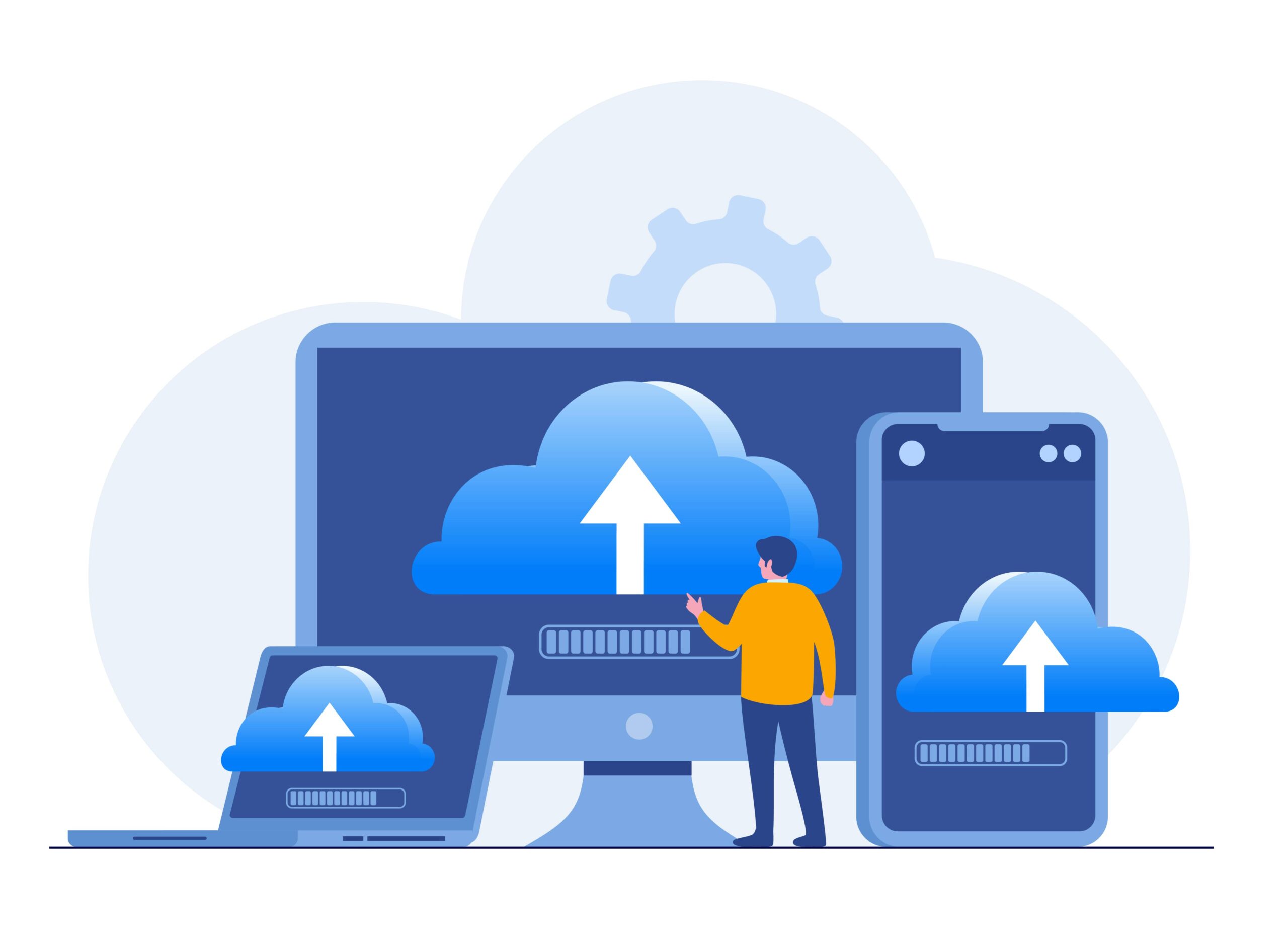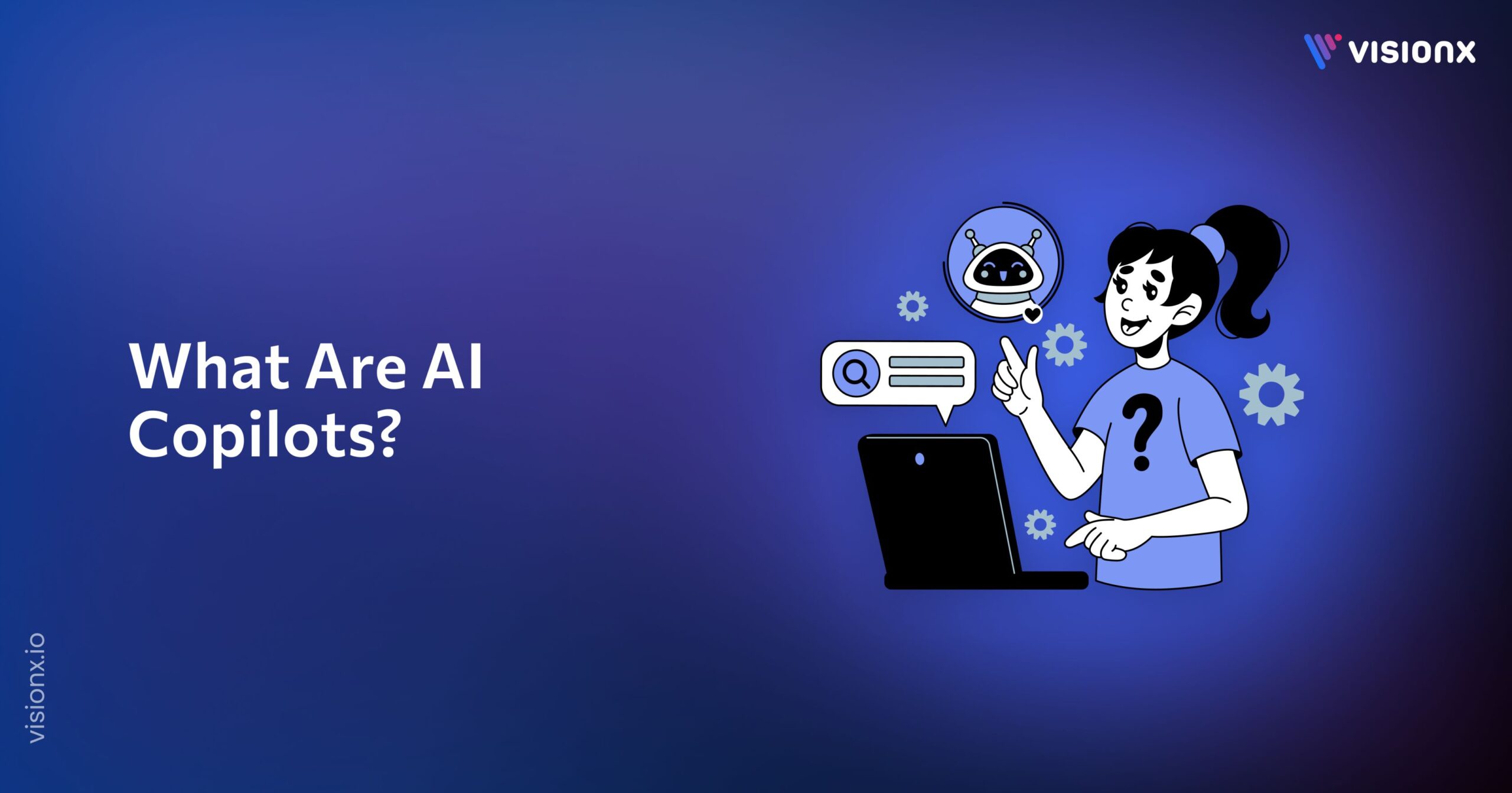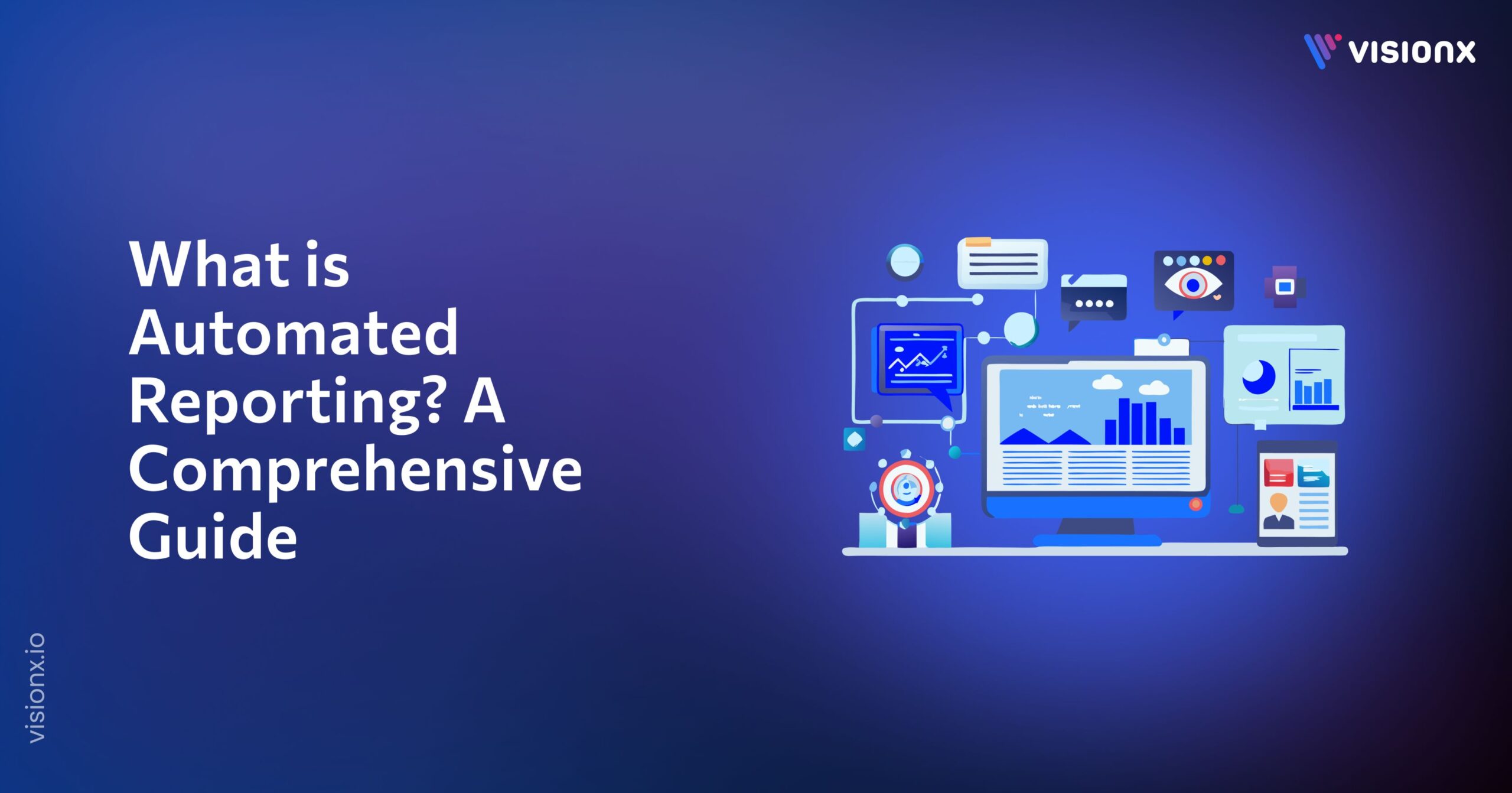Introduction
Platform migration involves moving data, applications, and IT resources from one computing platform to another. It occurs when an organization shifts from a legacy system to a new, modern platform. Companies undertake this process for various reasons. They aim to lower expenses, boost security, boost performance, or take advantage of cutting-edge technologies. Platform migration offers challenges but, when done well, can yield significant benefits.
What is Platform Migration?
When a business moves its workloads, systems, and digital infrastructure, it goes through a platform migration. Data, applications, operating systems, and related components are all transferred. Migration can take place within cloud computing platforms, cloud environments, or hardware architectures. Organizations shift to adopt new technologies, maximize available resources, or resolve incompatibilities with outdated systems.
Driving Forces Behind Platform Migration
Several factors drive the need for platform migration:
- Technology Obsolescence: Legacy systems become outdated, inefficient, and incompatible with modern software and hardware.
- Business Growth: As organizations expand, existing platforms may struggle to meet scalability and performance demands.
- Cost Optimization: Migrating to cloud-based or virtualized environments can reduce infrastructure and maintenance costs.
- Security Enhancements: Newer platforms often incorporate robust security features to protect against cyber threats.
- Compliance Requirements: Migrating to platforms that comply with industry standards or regulations may be necessary.
- Vendor Support: End of support for legacy systems prompts migration to supported platforms.
Types of Platform Migration
Platform migration can take various forms depending on an organization’s needs, resource constraints, and long-term goals. The three primary types of platform migration are
- full migration
- partial migration
- cloud migration.
1. Full Migration (all data and functionalities)
A full migration involves transitioning an entire application, system, or infrastructure to a new platform. This approach is often necessary when dealing with legacy systems that have become outdated, inefficient, or incompatible with modern technologies. All data, functionalities, and components are moved from the existing platform to the new target platform during a full migration.
This type of migration is typically more complex and time-consuming, as it requires a comprehensive assessment of the existing system, data mapping, and rigorous testing to ensure seamless integration and functionality on the new platform. However, a full migration offers the opportunity for a complete overhaul, enabling organizations to take full advantage of the new platform’s capabilities and benefits.
2. Partial Migration (specific elements)
In contrast to a full migration, a partial migration involves selectively moving specific elements or components of an application or system to a new platform. This approach is suitable when certain aspects of the existing system are still functional and compatible while other components require modernization or replacement.
Partial migrations allow organizations to gradually transition to a new platform, minimizing disruptions and mitigating risks associated with a complete overhaul. By migrating critical components first, organizations can address immediate pain points or leverage specific features of the new platform while maintaining the stability of the remaining system.
This approach requires careful planning and a deep understanding of application dependencies and integrations to ensure a seamless coexistence between the migrated components and the remaining legacy components.
3. Cloud Migration (moving to a cloud-based platform)
Cloud migration is a specific type of platform migration that involves transitioning applications, data, and IT resources from an on-premises or private data center environment to a cloud-based platform. This migration can encompass various cloud deployments models, such as public clouds, private clouds, or hybrid cloud solutions. You can outsource IT services for migrating platforms effectively.
Cloud migrations are driven by the desire to leverage the scalability, cost-efficiency, and accessibility benefits cloud platforms offer. Organizations can take advantage of on-demand resource provisioning, pay-as-you-go pricing models, and global accessibility while offloading the burden of hardware maintenance and infrastructure management.
Benefits of Platform Migration
Undertaking a well-planned platform migration offers numerous benefits:
- Improved Performance
- Elastic scalability to accommodate business growth.
- Reduce operational expenses, energy consumption, and maintenance costs.
- Enhanced Security for protection against cyber threats and data breaches.
- Simplified IT operations and management.
- Competitive Advantage
Platform Migration Strategies
Effective platform migration requires a well-defined strategy tailored to an organization’s unique requirements. Common strategies include:
- Rehosting (Lift and Shift): Moving an application or workload from its current environment to a new platform without modifying its architecture or code. It’s a quick approach but may limit potential benefits.
- Replatforming (Lift, Tinker, and Shift): Applications undergo minor optimizations and adjustments to leverage the new platform’s capabilities while preserving the core architecture.
- Refactoring/Re-architecting: Applications undergo significant code modifications or complete rewrites to align with the new platform’s architecture, leveraging its full potential.
- Rebuilding: Legacy applications are discarded, and new applications are built from scratch, leveraging the new platform’s native capabilities.
- Hybrid Migration: A combination of strategies is employed, migrating specific components or workloads using different approaches based on their requirements.
1. Preparation and Planning
Thorough preparation and planning are crucial for a successful platform migration. Key steps include:
- Assessment: Evaluate existing systems, applications, and workloads to identify migration requirements, dependencies, and potential risks.
- Data Analysis: Analyze data volumes, formats, and structures to ensure compatibility and establish migration strategies.
- Application Profiling: Assess application architectures, dependencies, and compatibility with the target platform.
- Cost Analysis: Estimate migration costs, including hardware, software, personnel, and potential downtime expenses.
- Migration Plan: Develop a detailed migration plan outlining strategies, timelines, resources, and contingency measures.
- Testing: Conduct rigorous testing to validate application functionality, performance, and compatibility on the new platform.
- Pilot Migration: Conduct a pilot migration using a subset of systems or applications to detect and address possible problems.
2. Execution and Post-Migration
Organizations can move forward with the platform migration execution phase after careful planning. Transferring workloads, data, and apps to the new platform is part of this step.
Key activities include:
- Data Migration: Transfer data from legacy systems to the new platform, ensuring data integrity, consistency, and accessibility.
- Application Migration: Deploy applications on the new platform, following the chosen migration strategy (rehosting, re-platforming, refactoring, or rebuilding).
- Integration Testing: To ensure that the migrated apps and data are compatible, functional, and performant on the new platform, conduct thorough testing.
- User Acceptance Testing: Involve end-users in testing the migrated applications and make sure they meet business requirements.
- Cutover: Transition to the new platform, decommission legacy systems, and redirect users and processes to the new environment.
Post-migration tasks are equally important to guarantee an effortless transition and continuous operations:
- Monitoring and Optimization: Keep a close eye on the new platform’s performance, look for challenges, and adjust configurations to maximize effectiveness.
- User Training: To guarantee end users can use the new platform and applications effectively, give them thorough training.
- Documentation: Update documentation to reflect the new platform’s architecture, configurations, and processes.
- Ongoing Support: Establish a support framework to address post-migration issues, bug fixes, and enhancements.
- Governance and Compliance: Implement governance policies and procedures to ensure ongoing compliance with regulations and industry standards.
3. Migration Challenges and Risk Mitigation
Platform migration is a complex undertaking that presents various challenges and risks. Careful planning and risk mitigation strategies are essential:
- Data Loss or Corruption: Implement strong data backup and validation procedures to avoid data loss or corruption during migration.
- Application Compatibility Issues: Conduct thorough compatibility testing and consider refactoring or rebuilding applications if necessary.
- Downtime and Business Disruption: Develop contingency plans and communicate migration timelines to minimize disruptions.
- Security Risks: Implement robust security measures and access controls to protect data and applications during and after migration.
- Skills Gap: Provide adequate training and resources to bridge any skill gaps related to the new platform.
- Budget Overruns: Carefully estimate costs and establish contingency budgets for unforeseen expenses.
- Project Management: Employ practical project management principles, including clear communication, risk management, and change control processes.
Conclusion
Organizations can use platform migration as a strategic initiative to improve performance, cut costs, and gain a competitive edge by utilizing modern technology. Even though it can be difficult, a carefully planned and executed migration can greatly impact things like increased operational effectiveness, security, and scalability.
Organizations can successfully navigate the platform migration journey by adopting the appropriate migration strategy, conducting thorough assessments, and implementing robust risk mitigation measures. A smooth transition to the new platform depends on effective collaboration between IT teams, business stakeholders, and technology partners.
VisionX helped a client migrate their native application platforms to a single cross-platform app using the React Native framework, which helped the client achieve a huge milestone. If your business is looking for platform migration services, VisionX can help with the entire process.


